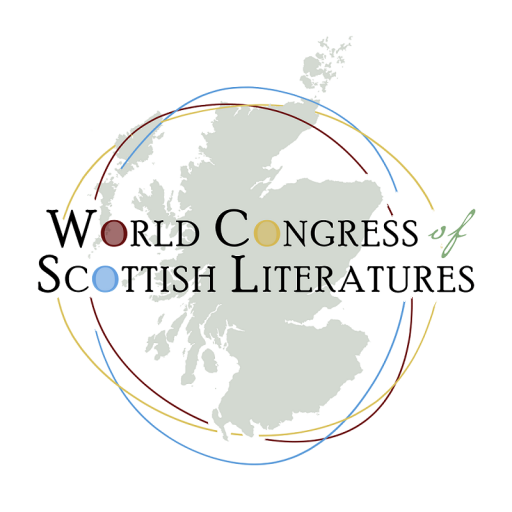Imagining the North: The Arctic Fiction of R. M. Ballantyne
The Scottish novelist R.M. Ballantyne is best known today for The Coral Island, an adventure novel set in the South Pacific, but he began his career with a series of books that drew upon his own experiences working for the Hudson’s Bay Company. In this talk, I will look at the ways that some of those novels – including The Hudson’s Bay (1848), The Young Fur Traders (1856), and The World of Ice (1860) – helped shape mid-nineteenth-century British concepts of the Arctic. The main focus on my paper will, however, be Ungava (1857), a fictionalized account of the founding of the HBC post Fort Chimo (now Kuujjuaq). This novel features a picture of Inuit culture shaped in large part by the perspective of a young British girl who, when lost in the wilderness, is rescued by an Inuit family. By building his representation of cross-cultural encounters around a girl, Ballantyne offers a view of the Arctic that differs considerably from the more usual Victorian presentation of it as a site of heroic masculine adventure. Even so, as I read the novel against some of the more typical nineteenth-century representations of the region, I will argue that Ballantyne reinforces British cultural stereotypes about the Arctic and the Inuit, even while inverting the more usual ways of writing about them.
Pam Perkins, University of Manitoba, Canada
